Need a dependable workhorse but prefer one that still drives like a car? Prefer responsiveness over bull-bars? Chassis fidelity over diff-locks? Steering ‘feel’ over lift kits?
Move over dual-cabs, the 2017 Holden Commodore ute is in town. (Or rather the worksite.)
Its car-like design and ride height make it the perfect workhorse for someone who needs a tool through the week and a toy on the weekend. The Commodore ute has been around for decades but never looked as good – or been as technologically advanced – as the VF Series II.
We’ve snagged a mid-spec SV6 to see how it stacks up to the utes of today.
Price/Specs:
When it was new, the SV6 was $37,190 plus on-road costs, which made it good value for money – especially considering that it had a 3.6-litre petrol V6 as standard. Resale on these utes is fantastic, especially as they are no longer made. You can currently pick up one now (depending on kilometres) from about $27,000.
Unfortunately, 2017 was the last year of production of the Holden Ute. Based on the Commodore sedan and wagon, it shared the same features as the Commodore SV6 such as blind-spot monitoring, a reversing camera with front and rear parking sensors, self-parking tech, inbuilt satellite navigation with live traffic reports, keyless entry and start, cruise control, 18-inch alloy wheels and an electronic park brake.
The Commodore Ute also came standard with six airbags and featured a five-star ANCAP safety rating.
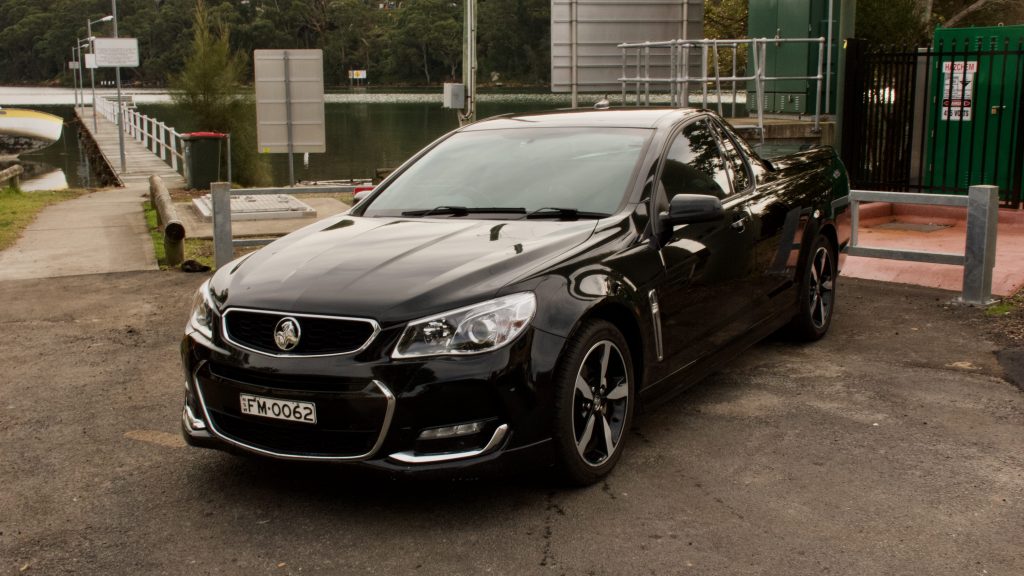
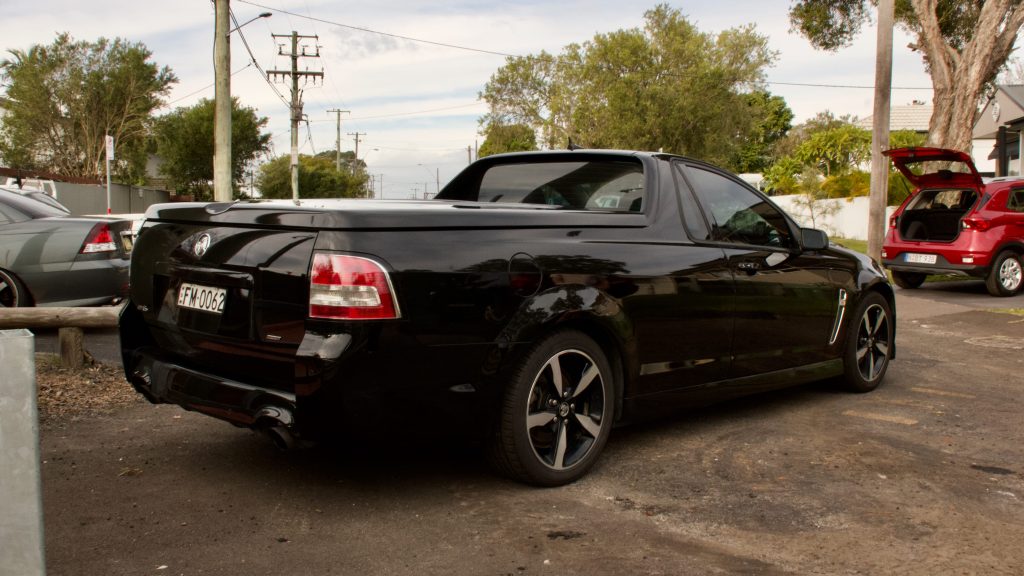
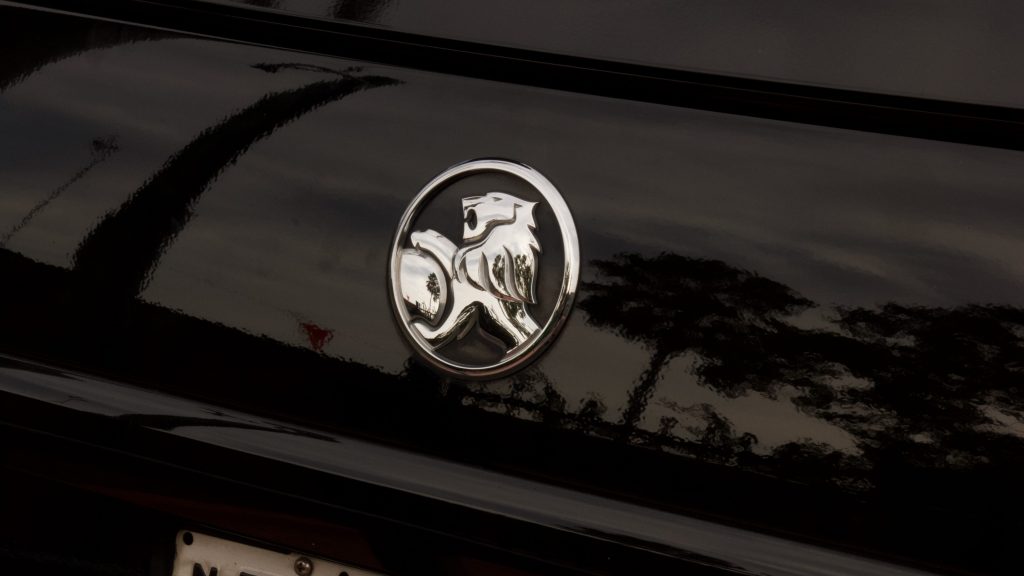
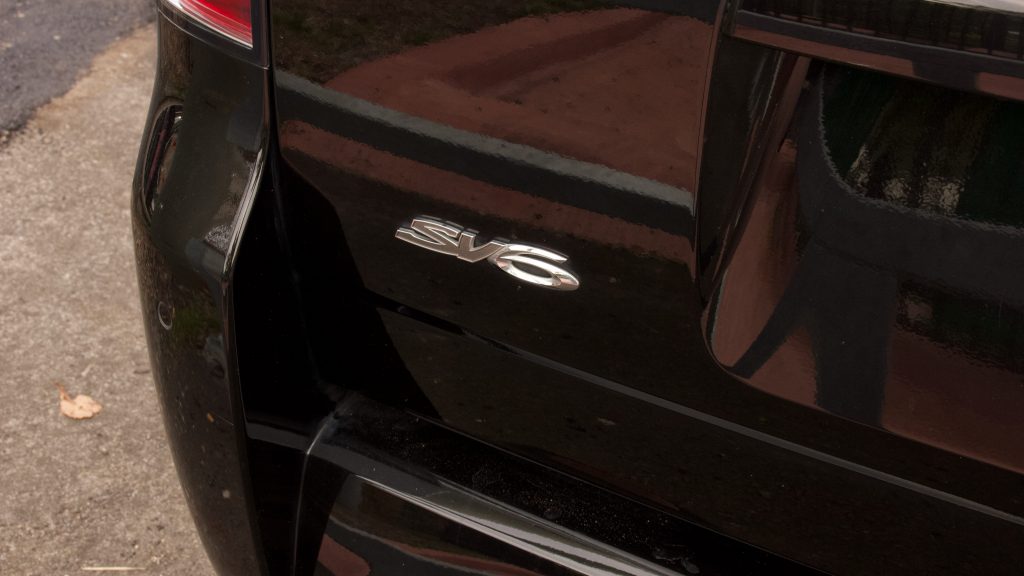
Drive/Engine:
The 2017 Holden Commodore Ute SV6 came with a 3.6L V6, which made 210kW of power and 350Nm of torque. Unlike many dual-cab utes, the Commodore was solely rear-wheel drive and with a six-speed automatic. The low-down torque of these engines makes them great for towing small to mid-size trailers, with a braked towing capacity of 1,600kg and unbraked at 750kg.
What’s most appealing about the Commodore Ute is that it drives very similarly to its sedan and wagon siblings, which means that unlike a lot of dual-cab utes, it’s very car like and refined. Its ride quality is excellent even unladed thanks to its independent rear suspension, and is tuned well to deal with both city bumps, and higher speed country roads.
According to Holden, the SV6 Ute averages 9.1L/100km but a heavy right foot can increase this dramatically. Thankfully on open roads, it’s pretty consistent, and the 71-litre fuel tank allows for a general range of between 700 to 900km depending on your driving style.
If you’re looking at purchasing a Commodore ute make sure to look at the service history and confirm it has been serviced to the manufacturer’s specifications.
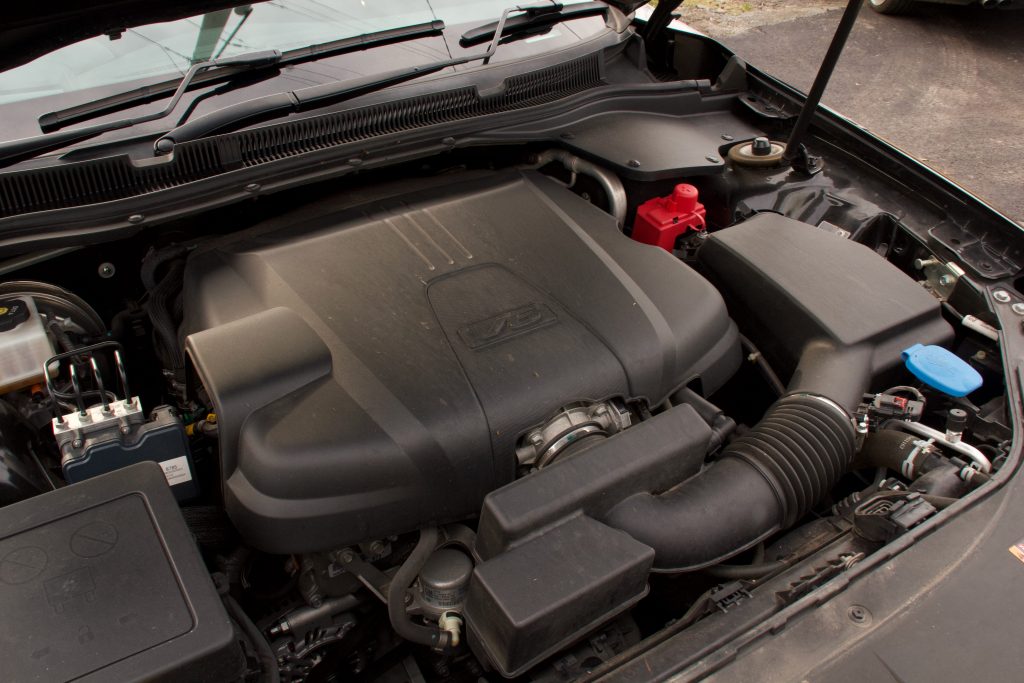
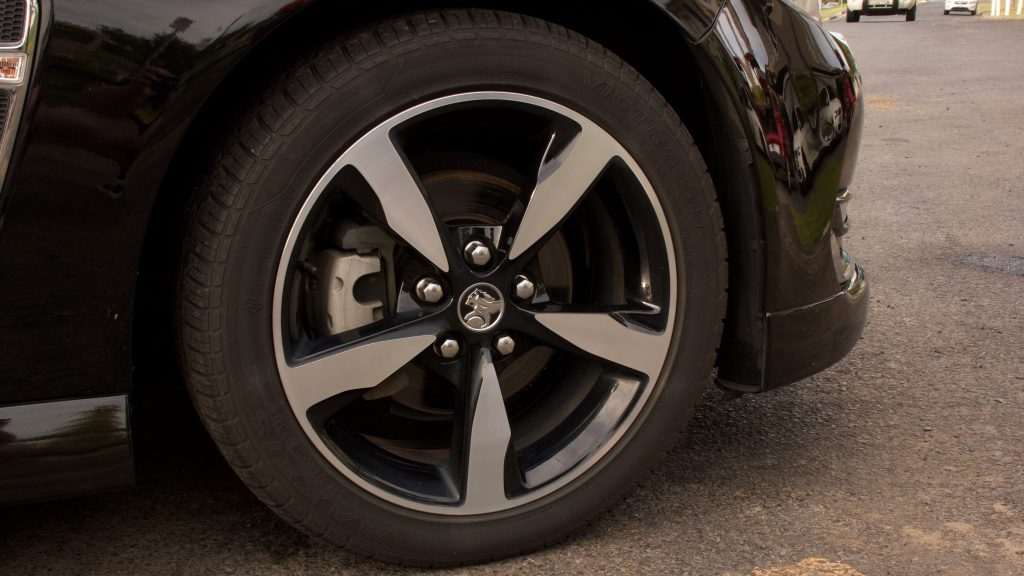
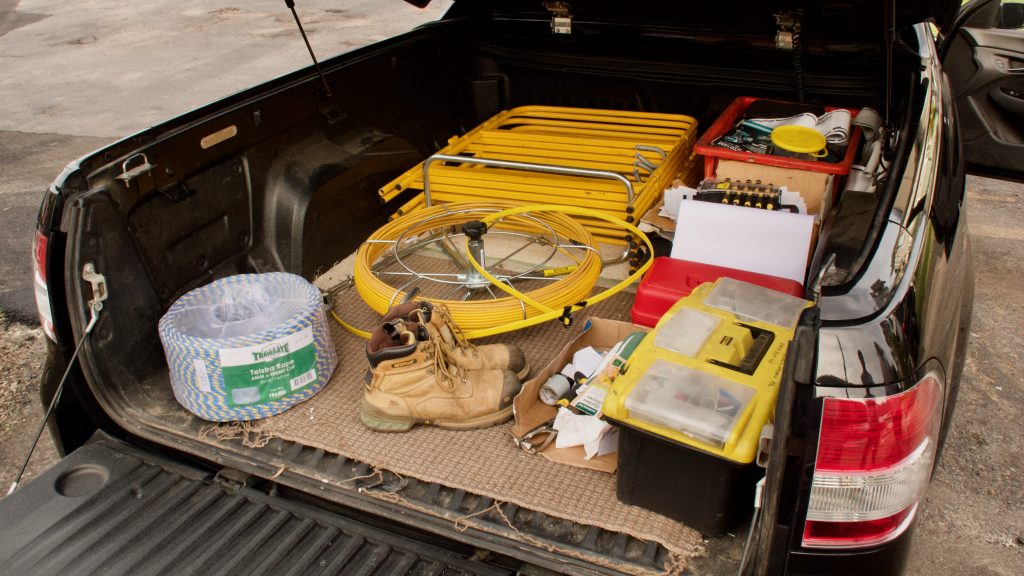
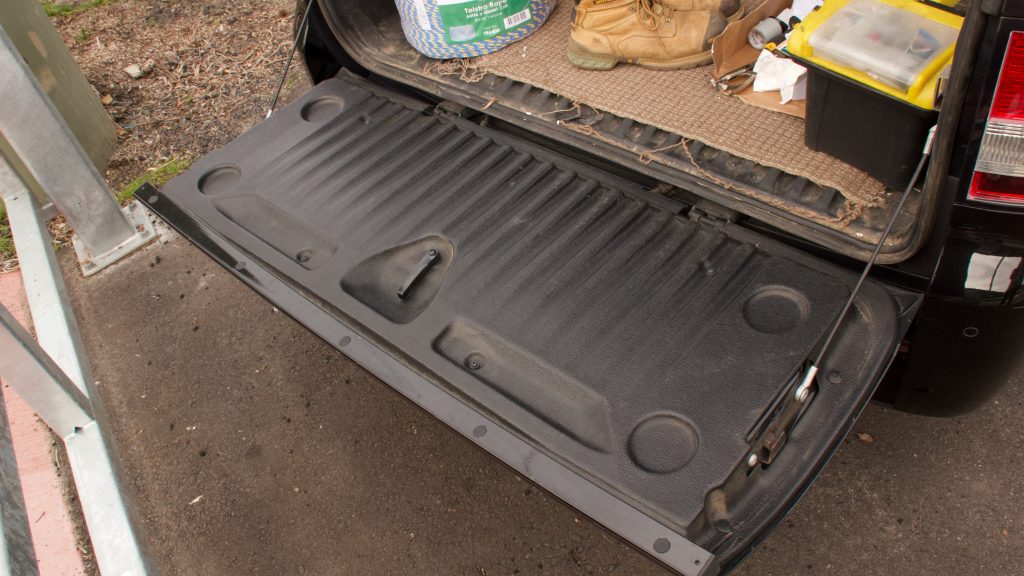
Interior/Practicality:
The interior of the Ute/Commodore was a huge step up from its previous model when it was released, with a soft touch dash and equipment that was only previously standard on the flagship Caprice.
The legroom for the two occupants is superb as you can move the seats right back to the rear wall. With the seat in a reasonable position, the storage behind the seats is ample enough to store work boots, hard hats, etc. The tray is a good size too at 1,878mm long, 1,454mm wide and 500mm high.
There are also six tie-down points around the top lip of the tray to tie down larger objects although the ute comes standard with a soft tonneau cover – hard tonneau covers like the one fitted to our test vehicle were also available and were quite popular.
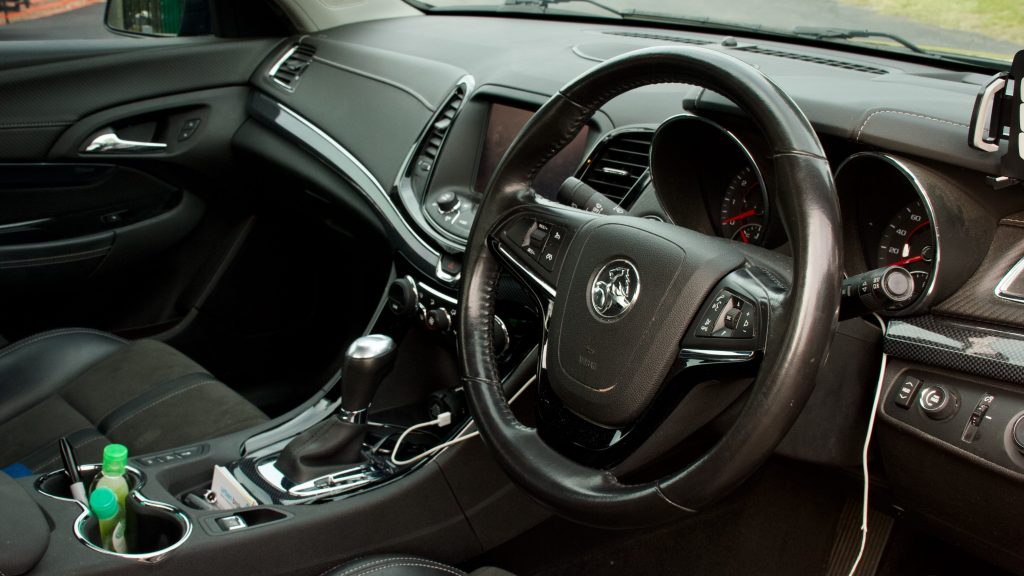
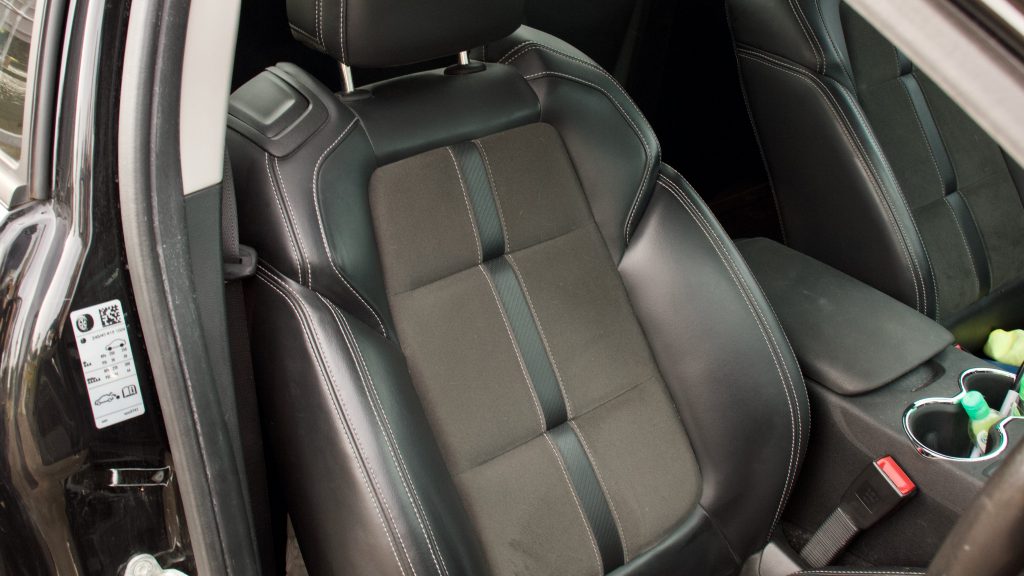
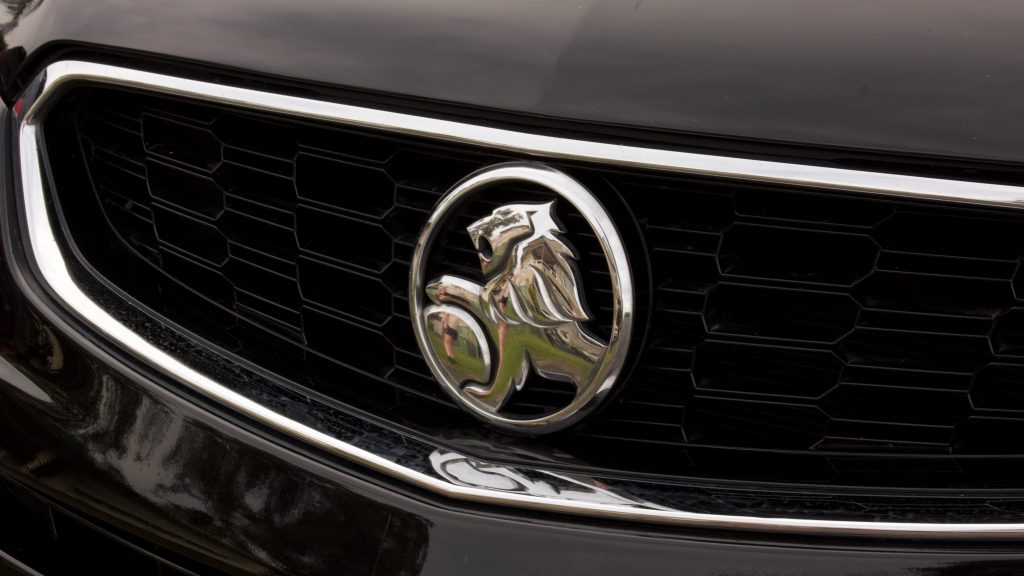
Running Costs/Warranty:
At the time, the Holden Commodore Ute came with a three-year/100,000km warranty, which would have ended by now. Servicing the Commodore Ute is a little different to dual-cab utes as the intervals are only every nine-months or 15,000km, whichever comes first. Holden has capped price servicing for 10 years or 210,000km. For the first 36 months or 60,000km, services are $259 each – afterwards they are $319.



Conclusion:
In a world of diesel dual-cab utes, the Aussie ute stands strong with a great drive, good resale values and a decent equipment list. The engine and gearbox combo make for a smooth driving experience with enough torque to tow a small to medium trailer and enough power to outrun its diesel competitors.
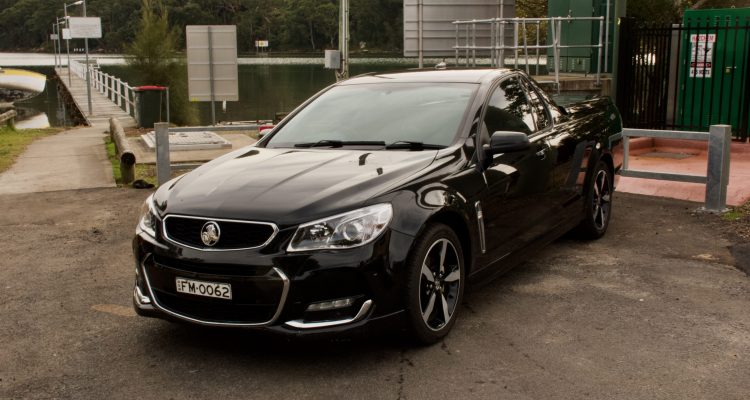
Leave a Reply